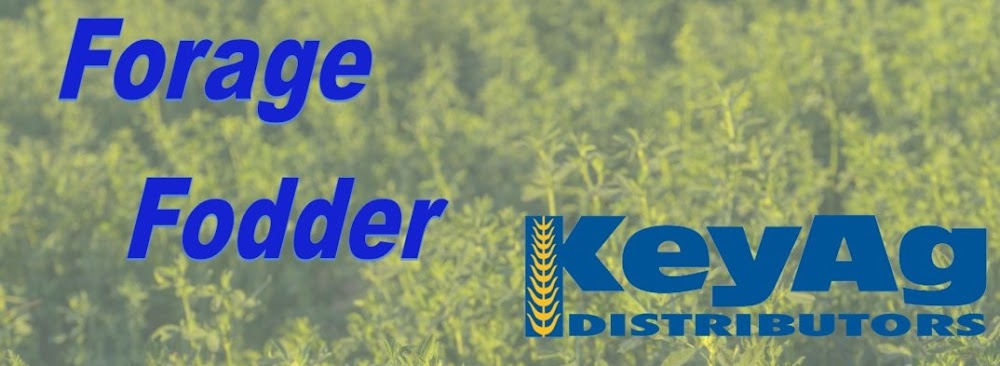Colorado—In the Nov. 9 report, compared to last report, trade activity and demand moderate. The bulk of activity remains in the horse hay markets. Horse hay sold mostly steady. According to the NASS Colorado Crop Progress report for week ending Nov. 5, alfalfa hay fourth cutting harvested is 94% complete. Stored feed supplies were rated 1% very short, 5% short, 88% adequate and 6% surplus.
Missouri—In the Nov. 9 report, compared to last report, hay movement is good, prices are steady, the supply of hay is light to moderate and demand is moderate. Following a hard freeze last week temperatures have been well above normal this week. This has kept a few folks out in the fields and still baling hay. The warm weather and sun combined with a lack of frost or dew has actually made for some pretty good hay curing weather as far as late season hay making goes.
Nebraska—In the Nov. 9 report, compared to last report, alfalfa sold steady to $10 lower. Grass hay sold steady to weak. Ground and delivered hay and dehydrated alfalfa pellets steady. Demand was mostly light; instances moderate in the dry parts of eastern Nebraska. Winter wheat condition rated 3% very poor, 12% poor, 35% fair, 39% good, and 11% excellent.
Oklahoma—In the Nov. 9 report, compared to the last report, hay trade is still slow. The trades that are being made are from long-time clients. Oklahoma has a larger hay inventory than usual. The larger hay inventory has caused the market to be a buyer’s market. Next report will be released Nov. 23.
Texas—In the Nov. 3 report, compared to the last report, hay prices are mostly steady to firm across the majority of the regions with quality and freight being the largest determinants on price. Cooler temperatures accompanied by rain moved across the north, central, southern and eastern regions of the state. The rainfall has helped winter crops, but it is too late for cotton and some fall and winter grazing. It’s hoped the added soil moisture will aid the winter wheat establishment. Next report will be released Nov. 17.
South Dakota—In the Nov. 9 report, compared to last report, alfalfa hay steady. Moderate demand for alfalfa, good demand for high quality grass to start calves on feed with. As the weather has been mild this week, and with warmer temps in the forecast for next week there is not a big push to get hay bought. Dairy operators’ margins remain under pressure causing them to try and buy hay cheaper. Moderate demand for corn stalks currently. Corn stalk baling was in progress again as the sun came out and conditions were dry enough.
New Mexico—In the Nov. 9 report, compared to last report, alfalfa hay was steady. Trade active, demand good. The the state is 67% complete with fifth cutting, 47% with sixth cutting. Most parts of the state are wrapping up harvest for the season. According to New Mexico Crop Progress report as of Nov. 5, hay and roughage supplies were observed to be 30% very short, 47% short, 21% adequate, and 2% surplus. At 19% very short, 42% short, 36% adequate, and 3% surplus, stock water supplies were shorter than the 5-year average.
Wyoming—In the Nov. 9 report, compared to last report, all reported hay sold steady. Demand was light. Several producers continue to wait for the last cutting of hay to dry down so it can be baled. Too much wind throughout the night has kept the dew from coming on the hay so it can be baled without losing the alfalfa leaves. Farmers continue to combine corn, harvest sugar beets and do fall tillage.
Montana—In the Nov. 10 report, compared to last report, hay sold mostly steady to $10 lower. Hay sales were mostly light again this week, however many sellers lowered asking prices and saw a few more calls, interest, and sales. Demand for hay to ship north to Canada has lightened. No sales were destined for Canada this week. Mild weather continues to curb demand as many ranchers still have fall grass and many cows remain out on pasture and range. Many ranchers have hay for sale as well which is adding additional pressure on the market as they are trying to market some of their excess hay as well. Demand for straw is moderate. Heavy straw supplies continue to be seen.


No comments:
Post a Comment